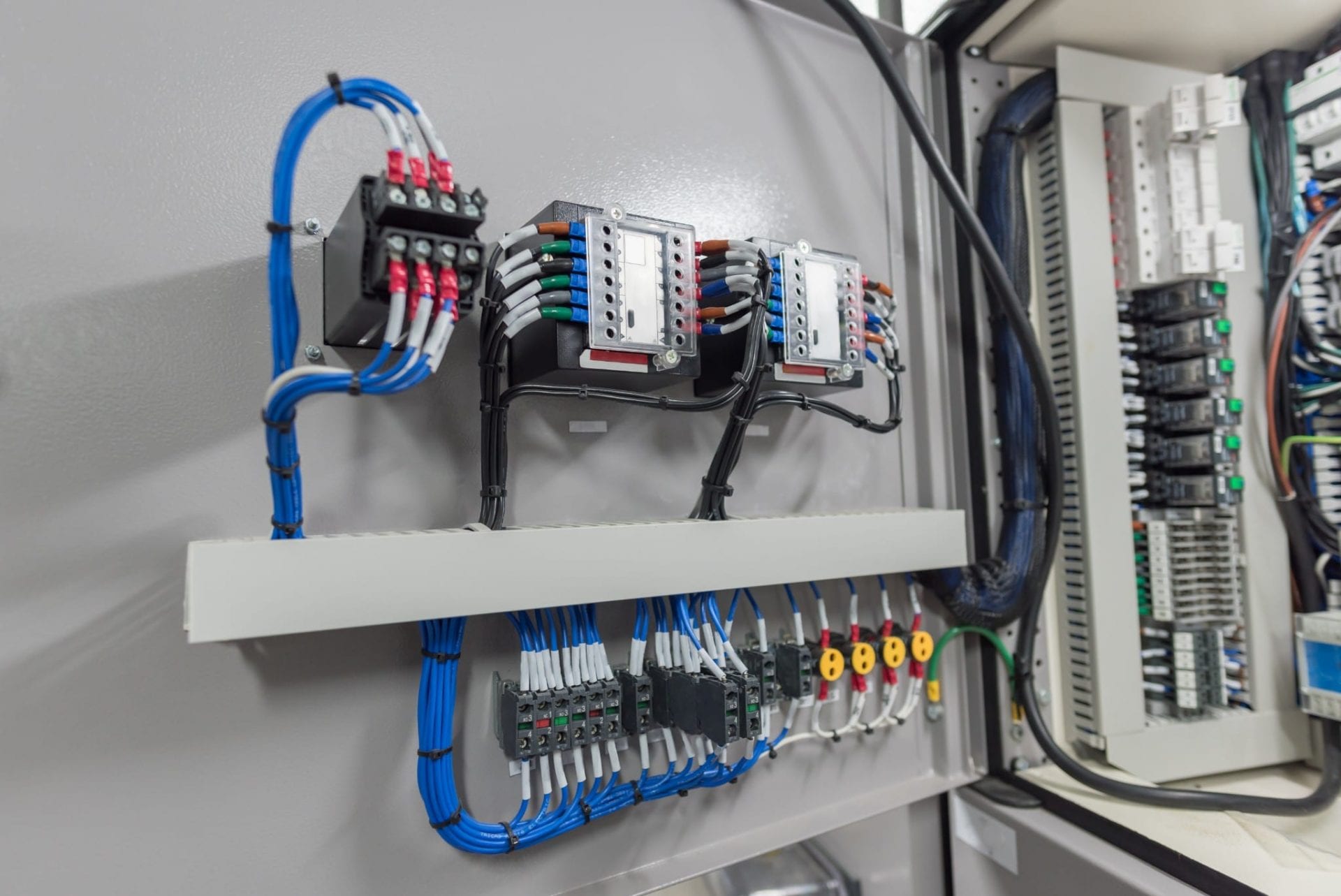The Fundamentals of Electrical Wiring: A Beginner's Guide

Electrical wiring is a crucial part of any home, and knowing it is crucial for each homeowner. It is not just important to ensure the smooth operation of your home but it’s also essential for your safety. In this article, we’ll examine the fundamentals of electrical wiring and the importance of safety, and the benefits of hiring an accredited residential electrician for all your electrical wiring needs.
Understanding the basics of electrical wiring
Wiring for electrical purposes is the set of electrical conductors that runs through your home, carrying electric power to appliances or devices as well as lighting fixtures. It functions by creating electrical circuits which connect your electrical power source and your appliances. Circuits for electrical power are comprised of wires, switches, along with other electronic components, which work together to form a secure and reliable electrical system. There are many kinds of electrical wiring, such as aluminum, copper, as well as wire insulation types such as PVC paper, rubber, or.
Preparation and planning for electrical Wiring
Before you install an electrical wire, you must consider a variety of things to think about, including the type of wiring you’ll need, the size that your electric system can handle, and your power needs. It is also important to know about electrical rules and regulations for wiring as well as the permits that are required in your region. In order to prepare your electrical wiring system, create an electrical plan and assess your electrical needs. This will to ensure your wiring system is secure efficient, reliable, and meets the power requirements of your home.
Materials and Tools Required to conduct electrical wiring
When installing new electrical wiring, it is important to have the right equipment and materials on hand. Essential tools include strippers, wire cutters pliers, as well as a voltage tester. Other components required to conduct electrical wiring are electrical tape, wire nuts, conduit and electrical boxes. It’s also beneficial to be equipped with a wiring diagram to guide you through the installation process.
Step-by-Step Instructions for Electric Wiring Installation
Installing electrical wiring can be a complex process, but with the right tools and knowledge you can do it quickly and safely. Here’s a step-by step guide to installing electrical wiring at home:
Shut off the power source to the area in which you’ll be working.
Plan the wiring layout and mark where the wiring will be installed.
Install electrical boxes and conduit when needed.
Cut and strip the wires until the proper length.
Wires should be connected to fixture or device that you’re wiring.
Connect the wires with wiring nuts, electrical tape or even conduit straps.
Check the wiring to make sure that it’s working properly.
During the installation process It is crucial to follow the best wiring installation techniques and guidelines. Additionally, be aware of common mistakes that you should avoid while installing wiring like overloading circuits, using damaged wires, as well as using the wrong kind of wire for the job.
Troubleshooting Electrical Wiring Issues
Even with careful planning and installation, electrical wiring issues could develop. The most frequent issues are circuit overloads, wiring damage as well as electrical shorts. To resolve these issues it is crucial that you are aware of common electrical wiring issues and know how to safely and effectively tackle them. In addition, it is essential to follow electrical safety procedures in the event of a problem with electrical wiring, such as turning off the power source and wearing protective gear.
Conclusion
In the end, knowing about how your electrical wiring is wired in your home is vital to your safety and for the proper functioning of your electrical system. It is essential to employ an accredited electrician to make sure your wiring is installed and maintained properly. We at Local Electrician Beecroft, we provide various electrical services, which include wiring installation and repair. Reach out to Local Electrician Beecroft at 1300 610 481 to discuss all your electrical wiring needs.
Electrical Wiring FAQ
Here are some frequently asked questions regarding electrical wiring, as well as other safety guidelines and the best practices for electrical wiring installation and repair:
What kind of wire should I use for my electrical wiring?
The type of wire you choose to use for electrical wiring is contingent on your specific needs and local building codes. It is essential to choose the appropriate gauge of wire, insulation type, and wire materials to ensure the safety and efficiency for your wiring system.
Do I have to install myself my own wiring for electrical use?
While it is feasible to create an electrical wire yourself it is essential to have the proper skills and knowledge to install it effectively and safely. In the majority of instances it is recommended that you hire a licensed electrician to ensure your wiring is set up and maintained properly.
How often do I need to have my electrical wiring inspected?
It is recommended that you have your electrical wiring inspected every 10 years or whenever you notice symptoms of electrical malfunctions like frequent circuit breaker trips or electric shocks.
What do I do if find electrical wiring issues in my home?
If you notice any electrical wiring issues within your home, such as flickering lighting or outlets that do not work, it’s crucial to fix them right away. Shut off power to the area in question and then contact an authorized electrician to assess and repair the issue.
If you follow these guidelines and best practices, you can make sure that your electrical wiring is safe and operating properly. Remember to prioritize safety and get a certified electrician whenever you need to. Call Local Electrician Beecroft at 1300 610 481 to discuss all of your electrical wiring needs.
